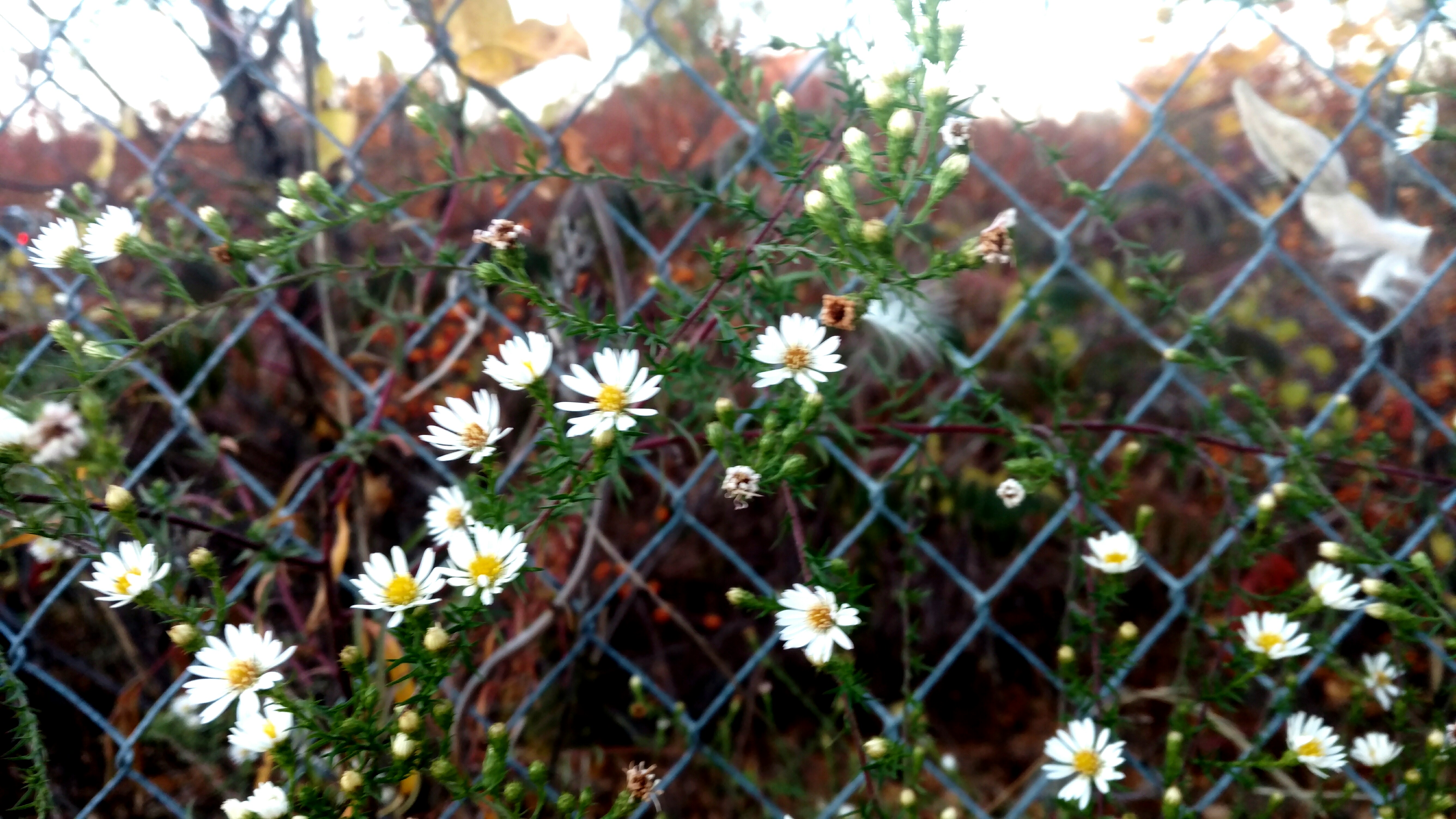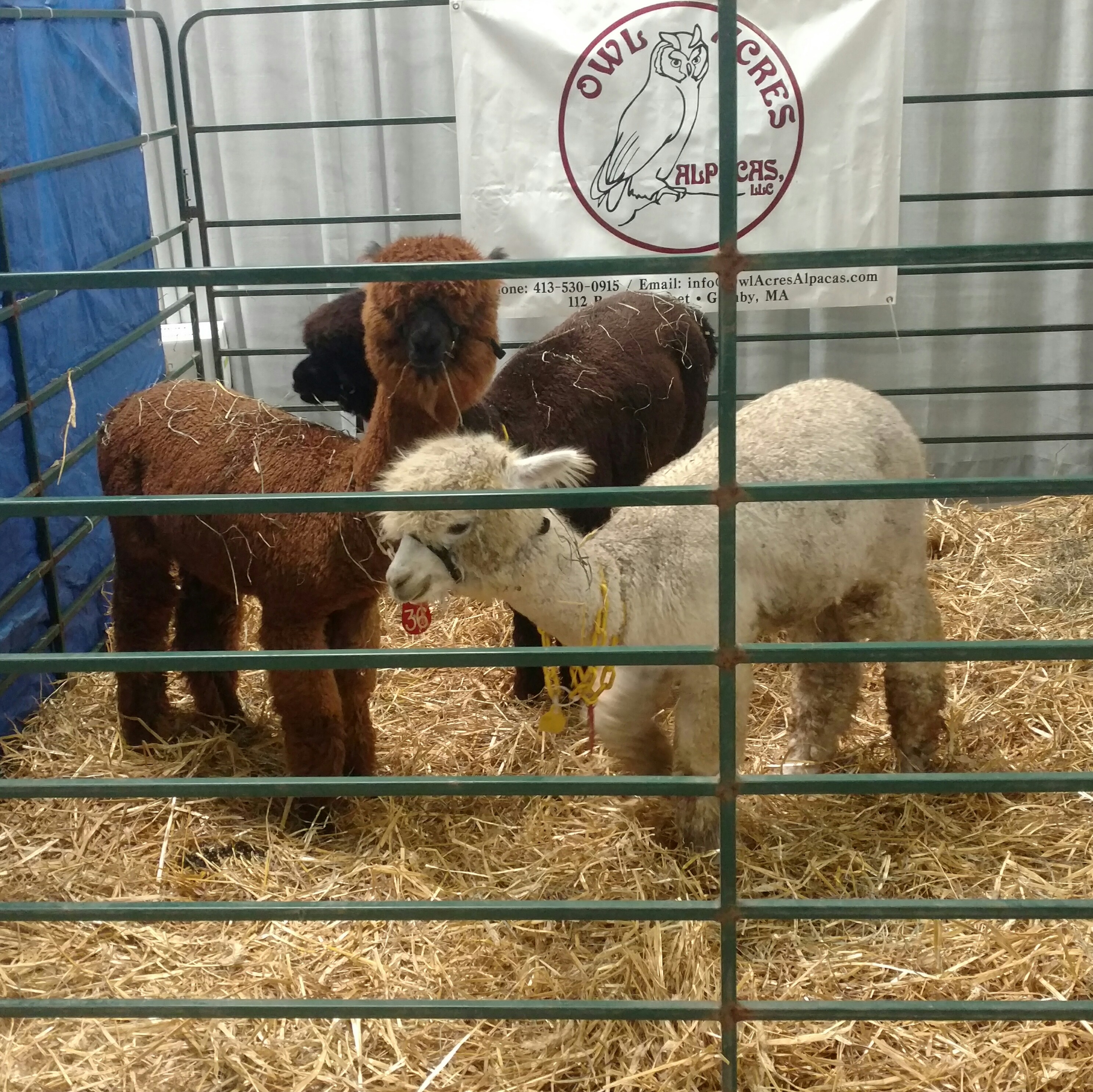A Roman general paces in his tent after another long day of battle. A messenger from Rome has finally arrived with word about reinforcements, but the messenger himself knows nothing. In case he was waylaid, it was important for him to have no information—a wise precaution, it turns out, as this was the third messenger to set out with the message and the only one to arrive.
The general waits impatiently as his scribe decodes the message. Finally the scribe reads it aloud. “Help is on the way.” The general sighs in relief and dictates a reply to Caesar.
Secret codes and ciphers have been in use for thousands of years. There are many different kinds of codes and ciphers. A substitution cipher is a type of secret code that exchanges each letter in the alphabet for another letter or for a symbol. That way, if the message gets into the wrong hands, it won’t mean anything to the enemy.
Roman Emperor Julius Caesar, who lived from 100 to 44 B.C., was known for using a simple alphabetical substitution cipher to communicate with his generals during war.
The encryption key to Julius Caesar’s cipher is made by writing the alphabet twice. First, write out the whole alphabet and then repeat A-F after Z. Directly underneath the first alphabet, write another alphabet, but move it over by six spaces like this:
| A |
B |
C |
D |
E |
F |
G |
H |
I |
J |
K |
L |
M |
N |
O |
P |
Q |
R |
S |
T |
U |
V |
W |
X |
Y |
Z |
| U |
V |
W |
X |
Y |
Z |
A |
B |
C |
D |
E |
F |
G |
H |
I |
J |
K |
L |
M |
N |
O |
P |
Q |
R |
S |
T |
To put a message into code, find each letter in the top row and substitute it with the letter directly beneath it. To decode a message, find the letter on the bottom row and substitute it with the letter directly above.
Now see if you can decode the general’s reply written in Caesar’s cipher.
QY MBUFF UNNUWE UN XUQH
That wasn’t too hard, was it? But Caesar’s cipher can be a pretty easy code for someone to break because the key keeps the alphabet in the same order and just shifts it over. It is easy to use to encode and decode messages, but unfortunately, it also makes the code easy to break. It’s a little too straightforward.
So let’s try something harder but still pretty simple for a busy, or embattled, general and his scribe to remember and encode. We’ll mix up the letters but in an organized way.
A name cipher begins with a name and then adds the letters of the alphabet that aren’t in the name in alphabetical order. When you choose a name for a name cipher, it’s easiest if it doesn’t have any letters that repeat. A long name is good, too, unless it has a lot of repeats. For example, if you choose the name Amanda, the seven letter name only really counts as four letters for the cipher key because three of the seven letters are ‘a.’
For this example let’s start with James since it has no repeating letters.
| A |
B |
C |
D |
E |
F |
G |
H |
I |
J |
K |
L |
M |
N |
O |
P |
Q |
R |
S |
T |
U |
V |
W |
X |
Y |
Z |
| J |
A |
M |
E |
S |
B |
C |
D |
F |
G |
H |
I |
K |
L |
N |
O |
P |
Q |
R |
T |
U |
V |
W |
X |
Y |
Z |
If you look at the end of the alphabet in the key, you’ll see that a lot of the letters stay the same. This might be a flaw in the code, but it might just turn out okay. We’ll see. Before you start decoding, take a good look at the message. Are there any words that you think you can guess without the key?
You can try to solve the whole message without the key, or use the cipher key above to decode the message below.
QNRSR JQS QSE
VFNISTR JQS AIUS
YNU DJVS RNIVSE TDFR MNES WSII
CNNE BNQ YNU
Did you notice that you could use the length of the words to help you decode them even without the key? In this message the word “you” was spelled YNU, so it was pretty easy to guess if you were trying to break the code.
One way to make breaking the code harder is to take the spaces out of the encoded message, so the words all run together. Code makers often transmit messages in groups of five letters with a space between. This makes it harder to guess the words.
This last substitution cipher uses symbols instead of letters, and it’s broken up into blocks of five letters. Can you solve it?
| A |
B |
C |
D |
E |
F |
G |
H |
I |
J |
K |
L |
M |
N |
O |
P |
Q |
R |
S |
T |
U |
V |
W |
X |
Y |
Z |
| ~ |
` |
! |
$ |
# |
% |
& |
^ |
* |
( |
) |
_ |
+ |
= |
– |
? |
/ |
{ |
] |
[ |
} |
| |
\ |
: |
; |
“ |
;-}~{ #~$#! -$*=& !^~+? *-==- \*[*] [*+#[ -+~)# ;-}{- \=]}` ][*[} [*-=! *?^#{
Now you can use what you’ve learned about substitution ciphers to make your own. Will you make it with letters or symbols? Make two copies of the key and start exchanging secret messages with a friend!

 A great read, this Writers Digest article explains the different kinds of editing and the things you should consider before you hire a freelance editor.
A great read, this Writers Digest article explains the different kinds of editing and the things you should consider before you hire a freelance editor.









